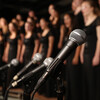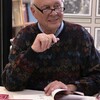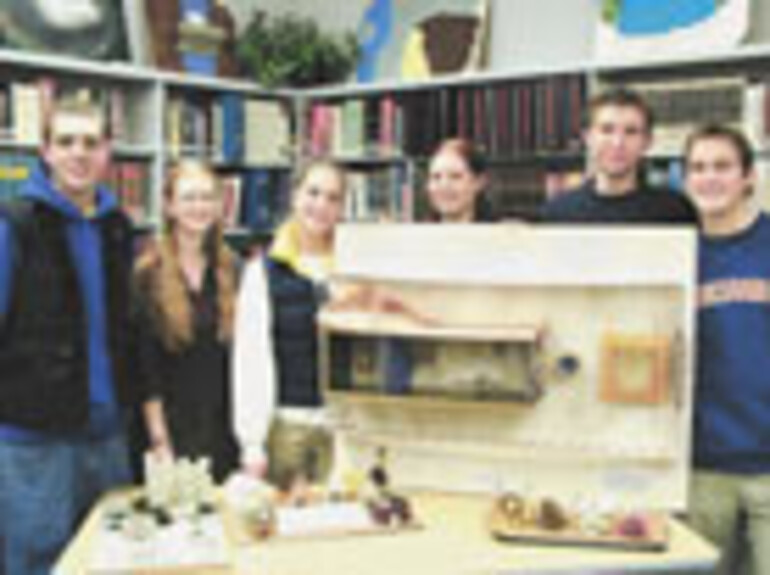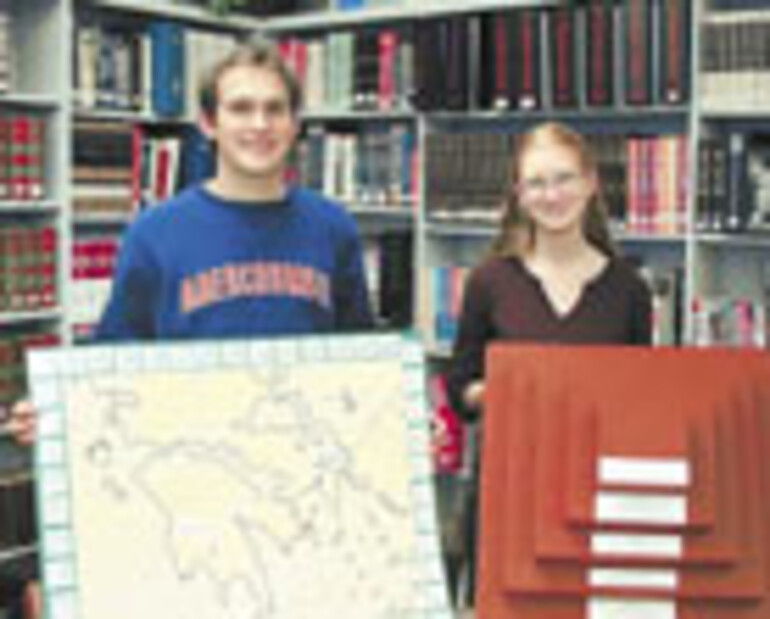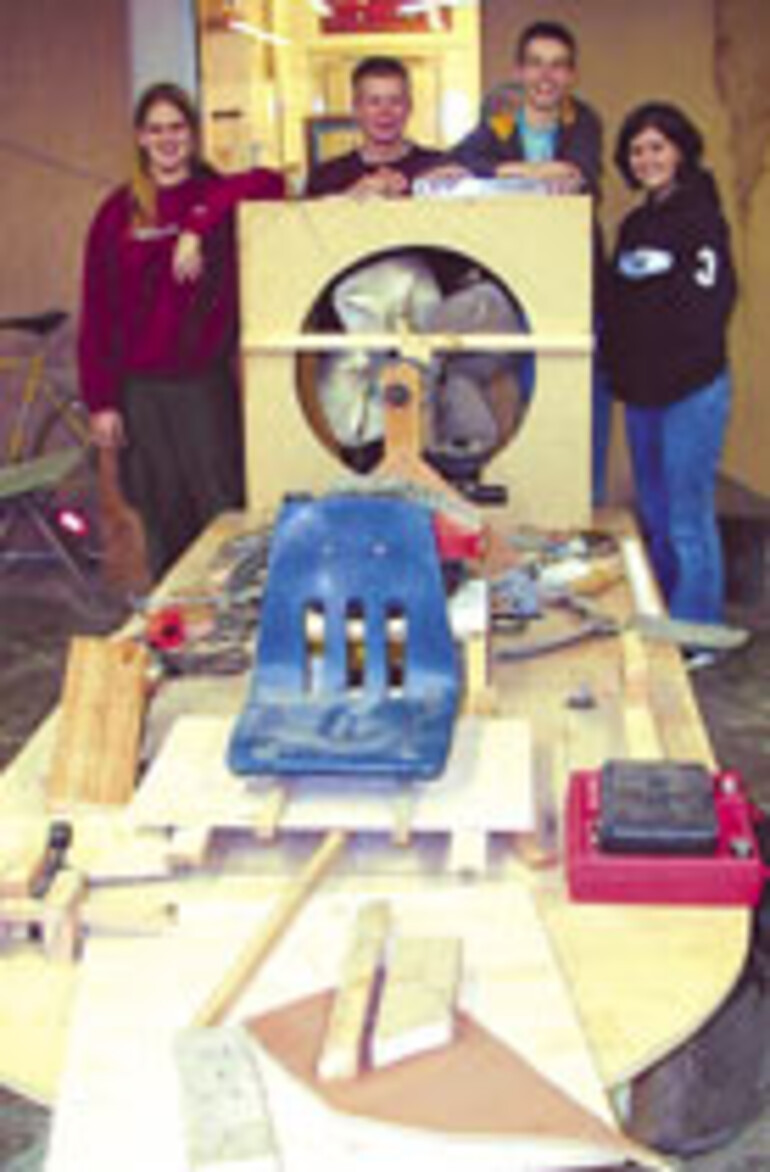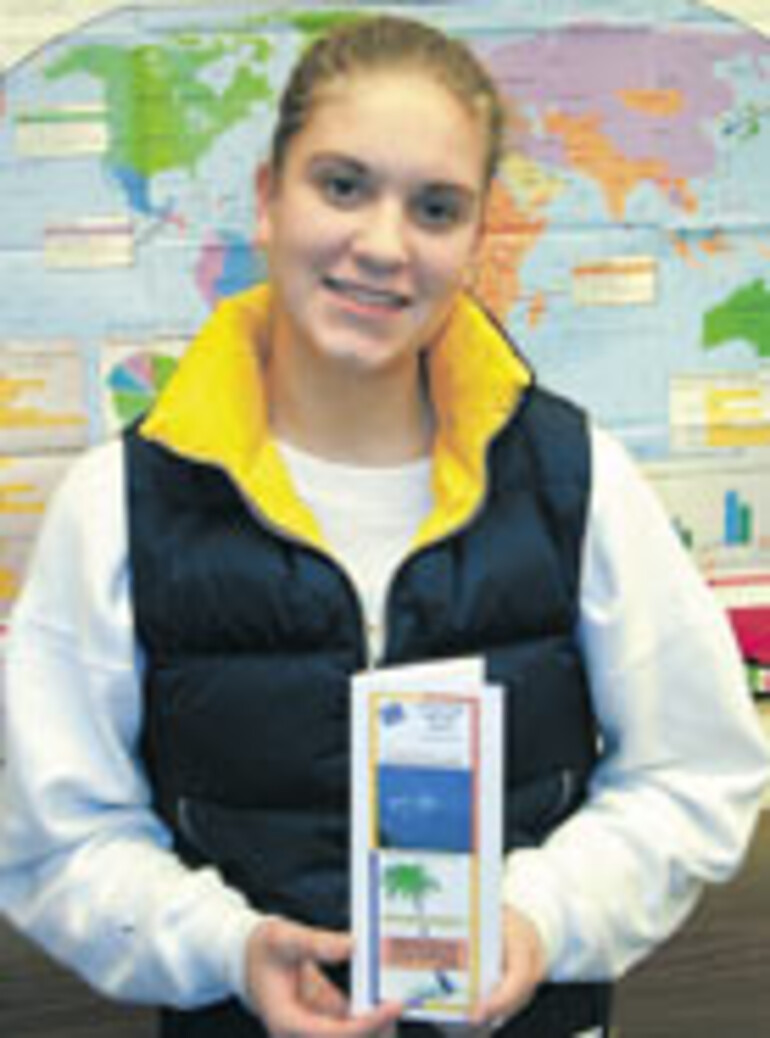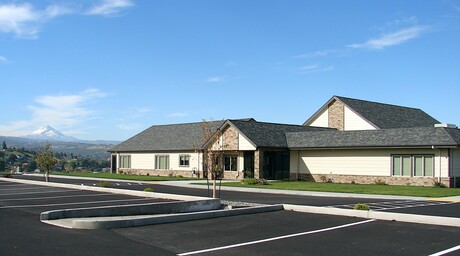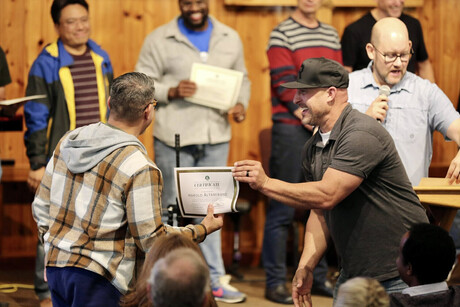All teachers at Columbia Adventist Academy (CAA) use projects to enhance student learning.
“Project-based assignments are an excellent opportunity for students to use their own interests and talents, by incorporating them into history,” says Shelly Fry, a four-year veteran teacher at the Academy, located near Battle Ground, Wash.
When assigning a project, for example, she gives the students minimal guidelines, encouraging them to bring their own ideas and interests into play.
“What I have discovered is that students often far exceed expectations and broaden not only their own minds, but those of their classmates when they think outside of the traditional ‘box’,” she says.
In computer-literacy class, for example, the instructor uses projects throughout the semester, with a comprehensive one at the end of the semester.
“In Bible classes, I often find that students who may struggle doing traditional learning, excel at creating projects,” reflects David Allen, Bible teacher.
“Most impressive were the model sanctuaries made by the sophomore class. Every item used had to be handmade, and the details were exquisite,” he adds.
“I have taken some to display in our area churches. I am proud of our students.”
Projects in other classes range from timelines to poems and include three-dimensional recreations, video programs, posters, models, and dioramas.
Field Study
CAA students also conduct projects off-campus, as they did last spring at Mikes Beach Resort, near Hoodsport.
There, members of the CAA SCUBA classes completed four dives in open water, to prove they had mastered necessary skills.
While diving, students saw many marine organisms—such as giant California cucumbers, Dungeness crabs, sunflower stars, Pacific oysters, acorn barnacles, and anemones.
CAA biology students this year enjoyed a three-day trip to the Walla Walla Collage Marine Station, near Anacortes, Wash., better known as Rosario Beach State Park.
They studied marine organisms in the inter-tidal zones to get a better understanding of where, how, and why these organisms live there.
They also studied the position of acorn barnacles, nighttime bioluminescence, and transected (took a survey of) the number of organisms at each inter-tidal zone layer at Rosario head.
Besides studying other marine creatures, they identified many birds. •
Dave Allen
Dave Allen
